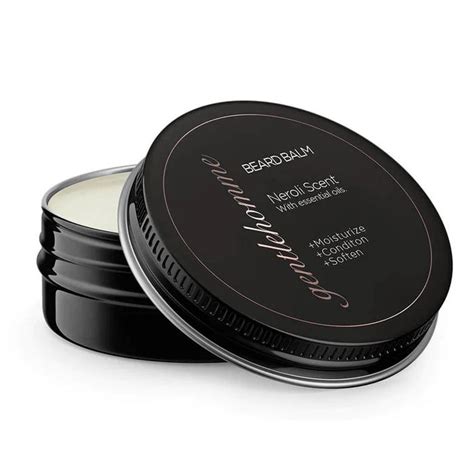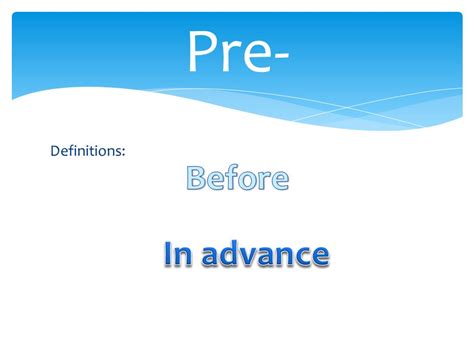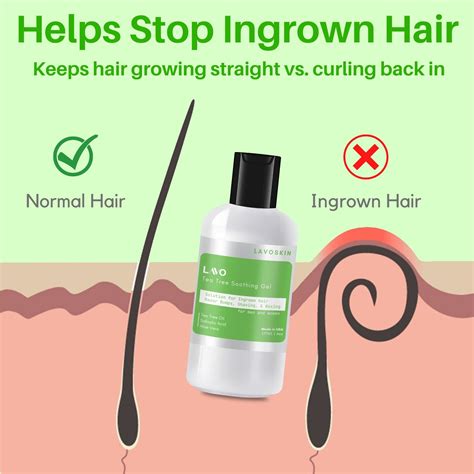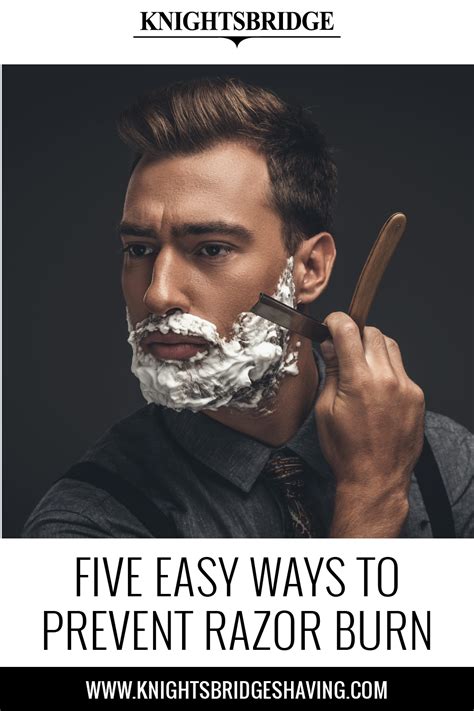How to achieve a peak performance shave with zero razor irritation?

The Quest for a Perfect Shave: Banish Razor Burn for Good
For many, shaving is a daily ritual, yet for just as many, it’s a source of dread. Razor irritation, ingrown hairs, and uncomfortable redness are common complaints that can turn a simple act of grooming into a painful chore. But what if we told you that a consistently smooth, comfortable, and irritation-free shave is not only possible but achievable with the right approach? This guide will walk you through the essential steps to transform your shaving routine into a peak performance experience.
Step 1: Meticulous Preparation is Non-Negotiable
The foundation of an irritation-free shave begins long before the blade even touches your skin. Proper preparation softens your beard, opens pores, and creates a protective barrier, allowing the razor to glide effortlessly. Start by cleansing your face with warm water or, even better, shave after a hot shower. The steam and heat will soften your whiskers and skin, making them more pliable. Consider a gentle exfoliation a few times a week to remove dead skin cells that can trap hairs and lead to ingrowns.
Following cleansing, apply a high-quality pre-shave oil. This creates an additional layer of lubrication between your skin and the blade, further reducing friction and protecting against nicks and cuts. A good pre-shave oil is crucial for sensitive skin types.

Step 2: Equip Yourself with the Right Tools
The quality of your shaving tools significantly impacts the outcome. Investing in good equipment is not an extravagance; it’s a necessity for comfort and skin health.
- Sharp Razor Blades: This is paramount. A dull blade tugs at hairs, causing irritation and an uneven shave. Whether you prefer a multi-blade cartridge, a safety razor, or a straight razor, ensure your blade is always sharp. Change cartridge blades every 5-7 shaves, or replace safety razor blades after 1-3 uses.
- Premium Shaving Cream or Soap: Ditch the aerosol cans filled with propellants and chemicals. Opt for a rich, hydrating shaving cream or soap that creates a dense, protective lather. A quality product moisturizes your skin while lifting the hairs for a closer cut.
- Shaving Brush: A good shaving brush (badger, boar, or synthetic) is invaluable. It helps create a superior lather, gently exfoliates the skin, and lifts the beard hairs, ensuring maximum coverage and preparation for the blade.

Step 3: Master the Art of the Shaving Technique
Even with the best preparation and tools, improper technique can still lead to irritation. Patience and precision are key.
- Lather Up Properly: Using your shaving brush, work your cream or soap into a thick, creamy lather directly on your face. Apply it evenly, ensuring all hairs are coated and standing upright.
- Shave With the Grain (First Pass): Always start by shaving with the direction of your hair growth. This is the most crucial step for preventing irritation. Pay close attention to the grain on different parts of your face, as it can vary. Use short, light strokes – let the weight of the razor do the work; never apply pressure.
- Rinse Your Blade Frequently: After every 1-2 strokes, rinse your razor under warm running water to remove accumulated hair and lather. A clogged blade is an ineffective blade.
- Subsequent Passes (Optional): If you desire an even closer shave, re-lather your face and perform a second pass. You can go across the grain (perpendicular to hair growth) or, for the closest possible shave, against the grain. However, for those prone to irritation, stick to with-the-grain or across-the-grain passes only.

Step 4: Essential Post-Shave Care
The shaving process doesn’t end when the last hair is cut. Post-shave care is vital for calming the skin, preventing irritation, and maintaining skin health.
First, rinse your face thoroughly with cool water. This helps close pores and soothe the skin. Gently pat your face dry with a clean, soft towel – do not rub. Immediately follow with a high-quality, alcohol-free aftershave balm or moisturizer. Look for ingredients like aloe vera, witch hazel, chamomile, or shea butter, which are known for their calming and hydrating properties. Avoid harsh, alcohol-based aftershaves, as they can dry out and irritate freshly shaved skin.

Troubleshooting & Advanced Tips
- Ingrown Hairs: If ingrown hairs are a persistent issue, ensure you’re shaving with the grain and consider using a single-blade safety razor or an electric shaver designed for sensitive skin. Regular gentle exfoliation can also help.
- Blade Cleanliness: Always rinse and dry your razor thoroughly after each use to prevent rust and bacterial growth. Store it in a dry place.
- Hydration: Keeping your skin well-hydrated daily (not just after shaving) can improve its resilience and reduce sensitivity.
- Listen to Your Skin: Everyone’s skin is different. Experiment with different products and techniques to find what works best for you. Some might benefit from cold water shaving, others from a different blade type.
Embrace the Comfort: Your Guide to Superior Shaving
Achieving a peak performance shave with zero irritation is a combination of preparation, quality tools, proper technique, and attentive aftercare. By integrating these steps into your daily routine, you can transform shaving from a necessary evil into an enjoyable, refreshing part of your day, leaving you with smooth, healthy, and perfectly groomed skin. Say goodbye to razor burn and hello to a new era of comfortable shaving.







